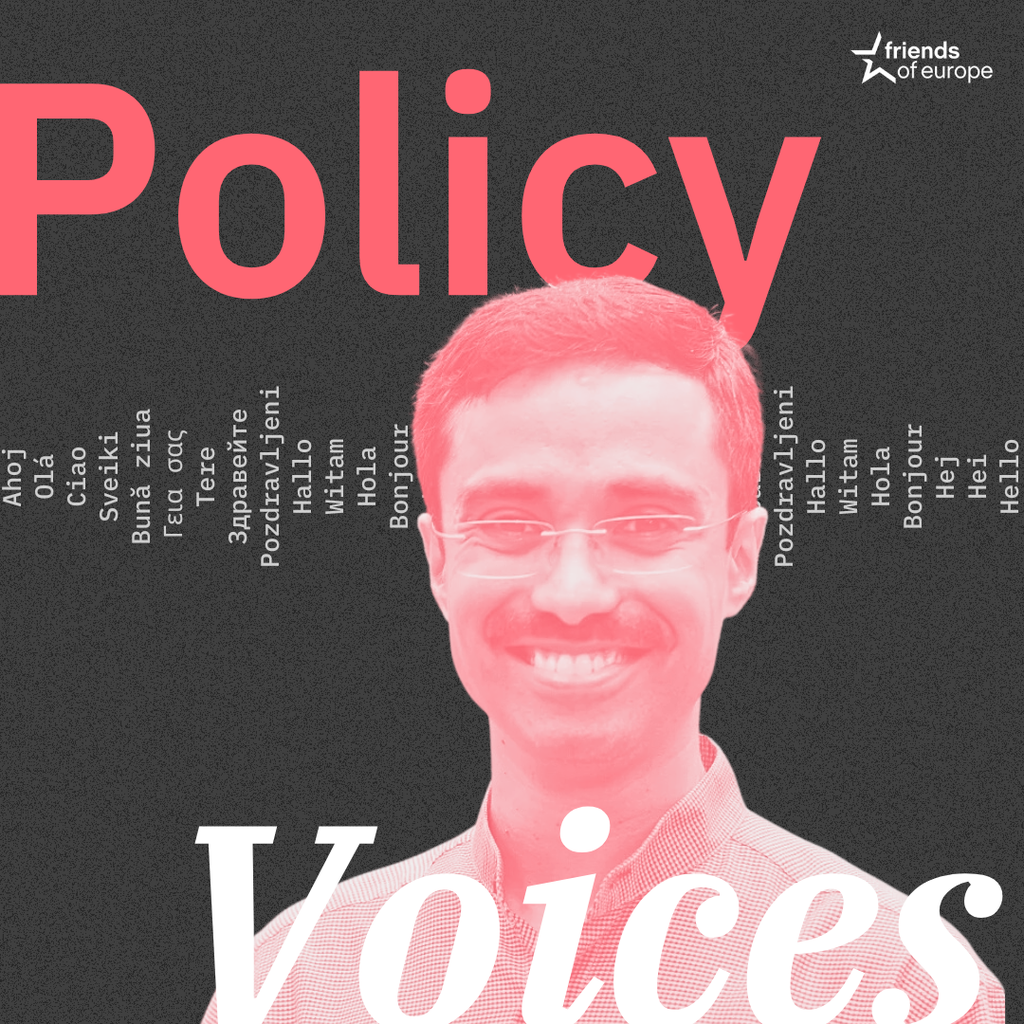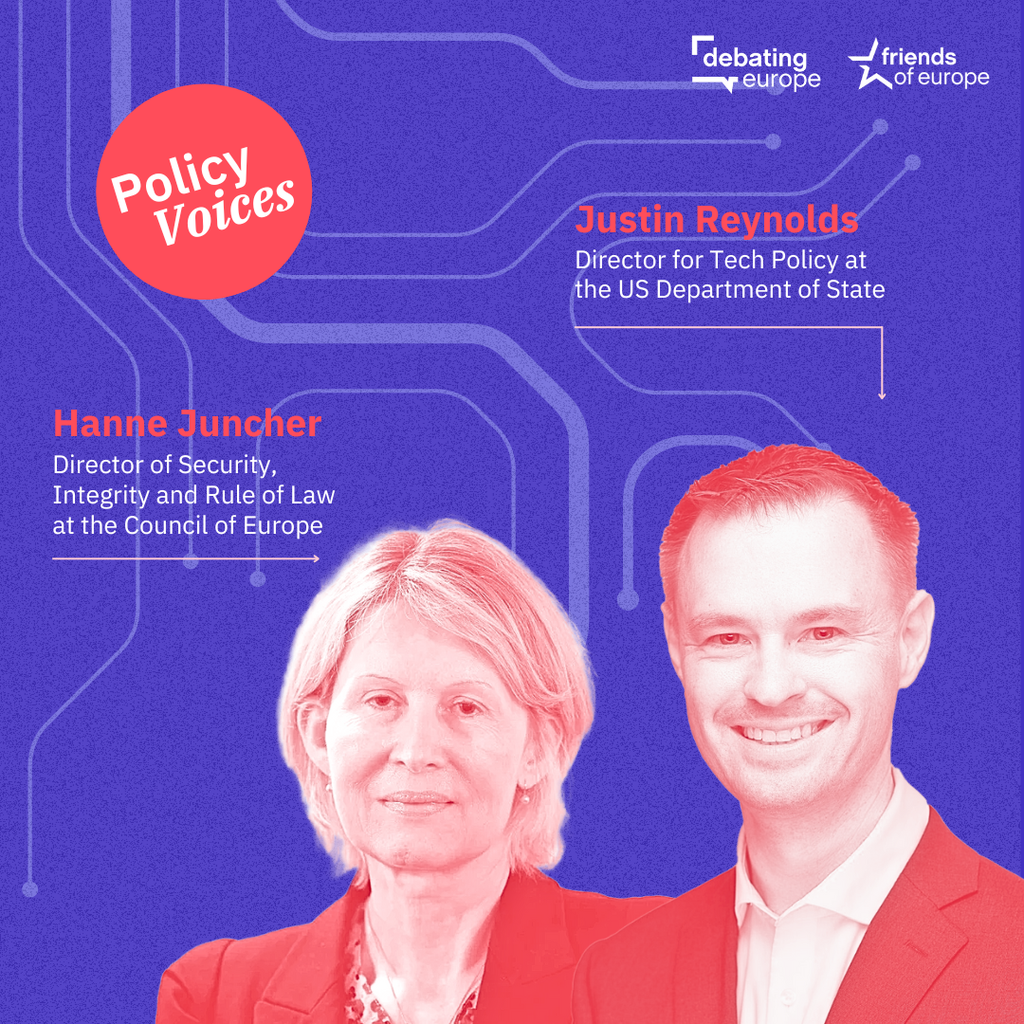A European agenda for space: resilience, security and sovereignty
Past event In person

- Area of Expertise
- Digital & Data Governance
Digital & Data Governance

President of the Romanian Fiscal Council, former member of the European Parliament, former Romanian finance minister and Trustee of Friends of Europe
Crypto-asserts – digital assets that use blockchain technology – have experienced explosive growth since the 2008 financial crisis, currently numbering some 11,000 assets. Economically libertarian values, which distrust governments and public authorities, including central banks, view crypto-assets as an alternative to central bank money. This phenomenon, clearly bolstered by digitalisation, presents a host of wide-ranging repercussions.
Central banks influence monetary and financial conditions in markets through quantitative controls and monetary policy rates, ultimately seeking to ensure monetary stability and liquid financial markets. By contrast to this control and stability concerns, crypto-assets have a pronounced speculative nature and pose a formidable challenge because they make up parallel transactional markets which exist outside the regulatory ambit of central banks. The root of the challenge concerns monetary transmission and the overall financial stability of the economy.
Monetary transmission can be described as the link between the base money issued by the central bank and the overall amount of money circulating in the system. Crypto-assets, comparatively, can be seen as an expansion of a ‘shadow financial system’, which perseveres in its evasion of regulation and supervision. For years, monetary authorities have struggled to cope with the expansion of the ‘shadow banking sector’, represented by non-banking entities, such as investment funds and tech giants, that offer alternative banking and financial services. However, the issue extends beyond poor regulation of the so-called shadow sector.
As a means of payment, crypto-assets increase the number of transactions that are no longer mediated by the money supply itself. Additionally, with limited liquidity and credibility, crypto-assets carry different risk premia and can ‘freeze’ in times of crisis, triggering runs. As such, the process and efficiency of monetary transmission acquires a major new twist of uncertainty and complexity.
It is telling that states where crypto-assets are viewed with nonchalance are most often home to weak institutions
Crypto-assets can also impair financial stability. Their volatility has been pushed to the extreme, as glaringly illustrated by Bitcoin. Stablecoins – financial assets that rely on central bank money – have emerged as a relatively stable, synthetic variant of crypto-assets, but should financial markets suffer a strong blow, there may be a flight from some assets which are behind stablecoins. For example, in the United States, money market funds were supposed to offer quasi-safe investments with a very low degree of volatility, but Federal Reserve intervention was required in order to maintain stability of the financial system as a whole. The regulation of stablecoins must be accompanied by adequate capital and liquidity requirements, as is the case with commercial banks.
It is telling that states where crypto-assets are viewed with nonchalance are most often home to weak institutions, heavily dollarised or known tax havens. Disturbances in these markets can induce shockwaves in regulated markets in the absence of timely intervention. Macroprudential rules would do well to take into account the number and volume of transactions involving crypto-assets.
The moral of the story is that the central bank is the foundation of the financial system. The money created by central banks guarantees credible support in times of great distress. Central bank currency can function as a lender of last resort, without which a viable, credible financial system cannot operate, and as periods of crisis show, only central bank money can unfreeze markets.
While central banks will need to march in lockstep with new technology, geopolitics must be considered too
Safe public money is a public good on which economic and social cohesion depends. We must not regress by negligently allowing a financial system grow into disarray and subsequently amplify economic and social disturbances. An unregulated financial system, free to binge on new, free finance and banking services, would be detrimental to overall financial stability.
There is a need for strict regulation and adequate supervision of the entire financial system and – it goes without saying – of the shadow sector and crypto-assets. Central banks should cooperate with capital market regulators and supervisors in this regard.
The need for a regulated future is heightened by the urgency to combat money laundering, the financing of terrorism and organised crime, fraud and cyber-attacks. While central banks will need to march in lockstep with new technology, geopolitics must be considered too – for example, the competition between the US dollar, euro and Chinese yuan might increase alongside the digitisation of money creation. After all, it is not digitisation – neither in general nor within the financial industry – that will dictate the dynamics of global clout, but rather the economic and technological power of various societies.
Past event In person

Next event In person & livestreamed

Past event Online

Past event In person





Stay informed
We use cookies and similar technologies to adjust your preferences, analyze traffic and measure the effectiveness of our campaigns. Learn more about our privacy policy.